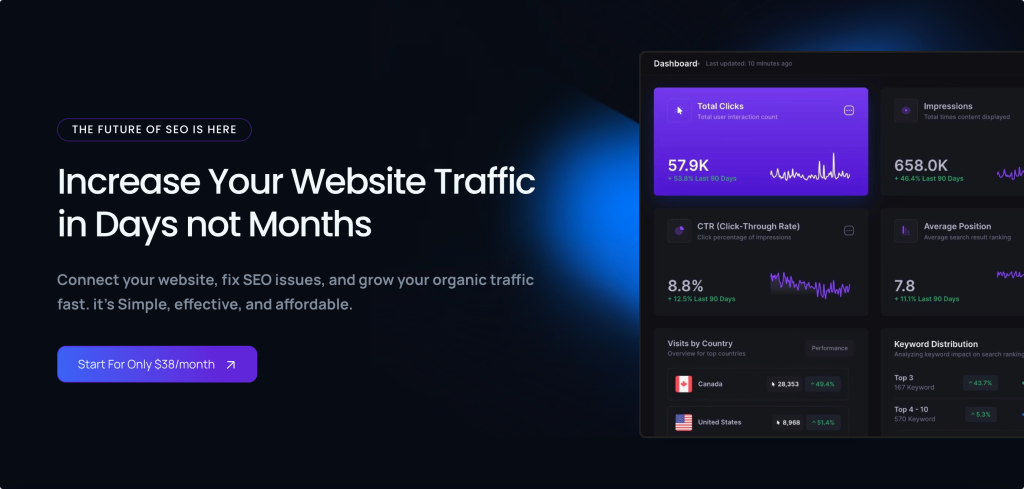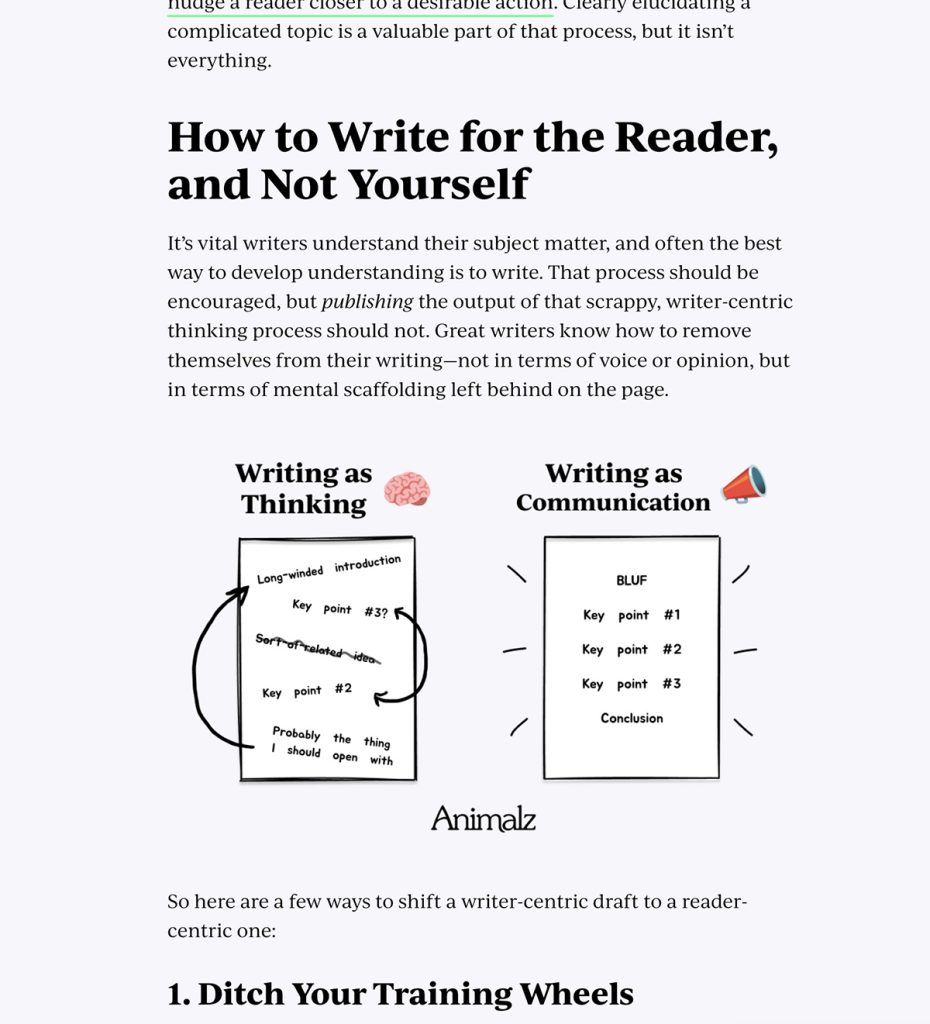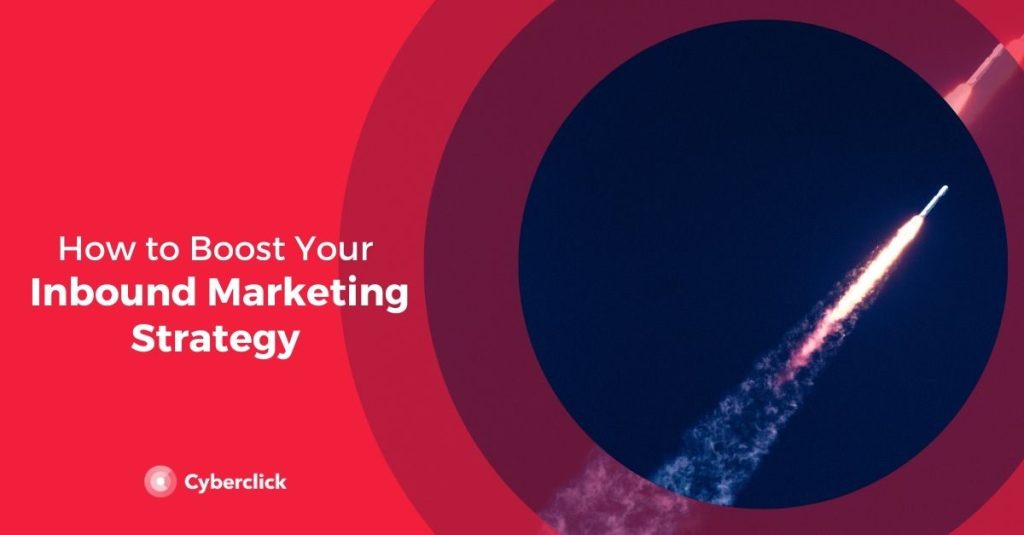Reading Time:
7 mins
Published:
Tuesday, 08 March 2022
Section:
How To

No two products are the same.
You may have two very similar products, but chances are there are at least one or two things that distinguish them. Often times, the “things that set them apart” come in the form of product features and differentiate a product from all others on the market.
Product features are things that your product has or does. They are functionality, attributes, and capabilities; even the visual characteristics of your product are a feature. Basically, they differentiate your product from similar ones on the market and give customers a preview of what they will get if they buy.
For example, the battery life of a laptop is a feature, but so is the fabric of a chiffon dress. If your product integrates with hundreds of other products, that’s a feature. So is a rose gold frame or case. Anything that relates to how your product looks, what it does, and how it differs can be considered a feature.
In most cases, the excellent product features fall into three categories:
For example, the features of this Nomad wireless charger include physical features (ultra-slim 18-coil design), functional features (charges three devices at once), and value-added features (FreePower firmware upgrade).
Product features are an important factor in the decision-making process, but the benefits are even more so. While the features show the tangible attributes that customers will get, the benefits show them what problems your product will help solve and how it will make their lives or businesses easier.
CBInsights research shows that 42% of startups that closed and launched a product did not solve a valid customer issue, which is likely the reason they closed.
Profits are the results or results that customers get when they use your product. For example, the long battery life of a laptop is a nice feature, but what does that really mean? It means that customers do not have to carry their charger and can work remotely for a long period of time. These are the benefits.
Let’s use the wireless charger example above to compare the features and benefits of the product:
Characteristic
Benefit
Now let’s take another example. In this screenshot of the Mailchimp email marketing platform website, they talk about the benefits of its features and how they will help customers solve their biggest problems.
There is no “right way” to represent features on your product pages.
In fact, the presentation of its characteristics will depend on the type of product you sell and the industry you are in. For example, consumer products sold online often have quick bullets to list their features (likely tied to how the Amazon mega-market displays features), while software companies and B2B brands are more likely. to show features as solutions.
When writing your product features, think about:
Marketers and product teams are often so ingrained in the product development process that they have a hard time choosing the most important features. You may be particularly proud of a certain feature, but it may not be the most beneficial to customers, so it’s important to explore the customer’s perspective when writing your product features and displaying them on your site.
This is also true when writing product features for your product roadmap. After all, you’re trying to gain stakeholder buy-in, so it’s critical that you explain features in a way that demonstrates why they matter.
First things first, you need to know what your customers want and need. What problem are they trying to solve? What kinds of features will make your life easier, make you look better, or save you time?
Your product features should be a direct reflection and direct response to your customer’s key requirements. If you don’t meet their needs, they won’t buy, and you could end up trapped in that 42% of startups that have to close.
How to identify customer needs:
Once you have a better understanding of what your customers want, you can create or incorporate features to suit those needs.
For example, if customer feedback shows that people want softer fabric on the mules you sell, use softer fabric. If your survey results show that users want your project management tool to include better insights than others available on the market, listen to them.
The characteristics of teamwork address some of the key pain points that project managers have.
Customers may say they want a new feature but rarely use it later (it happens!). That’s why it’s important to test your features to see if there is a lot of demand for them and if they solve the problems you want them to solve.
Reach out to customers regularly for feedback, keep track of your product’s most used features, modify solutions to better align with changing consumer needs, and keep your feature messages correct every time .
Your product roadmap is a high-level summary of your product strategy. It includes what your product intends to do, how it intends to do it, and what features it has that will help the product management process. Basically, it communicates to internal and external stakeholders the what and why behind your product and highlights the backlog that needs to be created.
So, as you can imagine, the product features fit perfectly on a roadmap; in fact, you could say that they are essential to a roadmap.
Understanding what customers want from product features and conveying it in a roadmap is absolutely crucial for product managers to show stakeholders that there is a need for a particular product feature. Without the go-ahead, you won’t be able to get started with your strategic plan or get your product to market (and you’ll inevitably end up with those 42% failed startups).
In most cases, the product characteristics fit into the tactical components of your product roadmap:
Including product features as an important part of your tactical roadmap shows stakeholders and developers that you have thought about what customers need from your product. It also helps you visualize the customer experience and design how the end user will benefit from your product.
It can be easy to get carried away thinking about great new product features. After all, you want your product to stand out from others on the market, and giving it a ton of cool features seems like a surefire way to go.
However, it is important that you really consider what your target market wants from you and why they want it from you. This will set the stage for prioritizing the most beneficial features and displaying them on your site and on product pages in a way that resonates with potential customers.
For example, DocuSign focuses its features on the greatest benefits they provide to customers and lists them in that order.
While Brooklinen displays product characteristics in a bulleted list, starting with the type of filler and where the product is manufactured, this could be the result of customers expressing interest in a product with a cluster filler that is manufactured in other place than China.
How to prioritize product features:
Katteb’s powerful AI technology creates bullet lists of key features and benefits, similar to the style regularly displayed on Amazon. With the Amazon Product Features template, brands simply enter information about their products, including the most important features and benefits, and Katteb creates a variety of different versions of a feature list. You can bookmark the generated output and return to it again and again, making it quick and easy to replicate product feature lists.
Ready to improve your product features and attract more customers? Start a free trial of Katteb today.
Best Blogs Chosen For You
These instructions will help you understand how to use our services and make the most of them.

The role of the content marketer in 2025 has dramatically shifted from writing every word..
Learn More
The rise of Large Language Models (LLMs) and generative AI tools has fundamentally changed the..
Learn More
Introduction In the ever-evolving world of search engine optimization (SEO), content is still king, but..
Learn More
Introduction to Midjourney: A Powerful Tool for AI-Generated Artwork Art, in all its forms, has..
Learn More
Introduction Inbound Brand management has become a popular strategy for attracting and engaging customers in..
Learn More
Source: www.cyberclick.net Introduction Inbound Product management has revolutionized the way businesses attract, engage, and convert..
Learn More